Clay pipes have a rich history, dating back centuries, as one of the most common tools for smoking tobacco. Historically, they were prized for their simplicity, functionality, and elegant craftsmanship. Today, many enthusiasts and collectors still appreciate clay pipes for their aesthetic appeal and pure smoking experience.
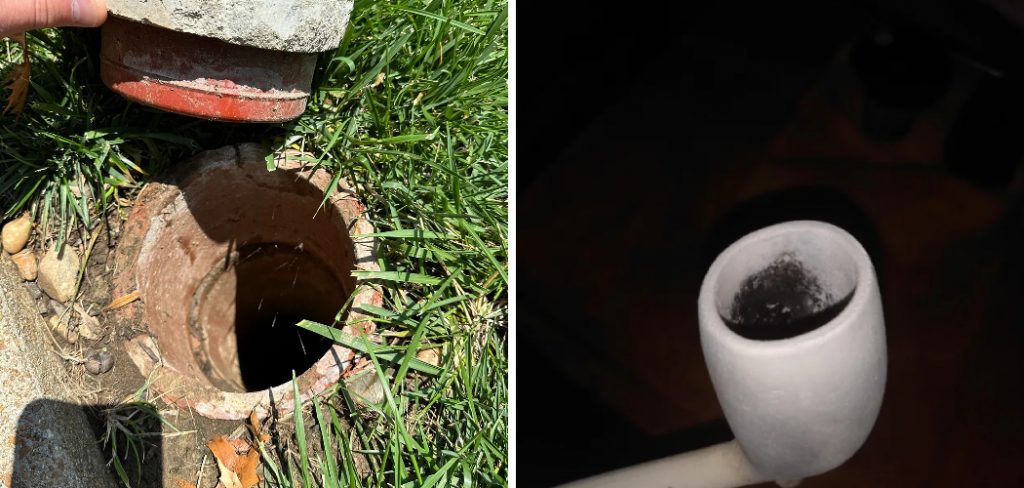
However, a significant aspect of maintaining a clay pipe is ensuring it remains clean and free of residue, which preserves its flavor and extends its lifespan. Regular cleaning not only prevents buildup but also ensures that each use is as enjoyable as the first. This article serves as a comprehensive guide on how to clean a clay pipe safely and effectively, offering clear steps and practical tips for both beginners and seasoned users. By following these practices, you can keep your clay pipe in excellent condition for years to come.
Understanding Clay Pipes
What Is a Clay Pipe?
A clay pipe is a traditional smoking device made from fired clay, often associated with historical and cultural practices. These pipes are widely known for their simple yet elegant design, and they come in several types, with tobacco clay pipes being the most common. Historically favored for their affordability and ease of crafting, clay pipes are a popular choice for those who appreciate the artistry and tradition of smoking.
Clay pipes are characterized by their delicate and porous nature. The material, while providing a pure smoking experience by not altering the taste of tobacco, is fragile and susceptible to cracking or chipping. This fragility makes them both an object of beauty and a tool that requires careful handling during use and maintenance.
Why Cleaning Matters
Keeping a clay pipe clean is crucial for maintaining its functionality and enhancing the overall smoking experience. Over time, tar and residue can accumulate inside the pipe, potentially clogging the airflow and diminishing the flavor of the tobacco. Regular cleaning prevents this buildup, allowing users to enjoy a fresh, unaltered taste every time they use the pipe.
Common Challenges in Cleaning Clay Pipes
Despite the benefits of cleaning, the process can be challenging due to the pipe’s fragile construction. Applying too much pressure or using harsh cleaning techniques can result in cracks or irreversible damage. Therefore, understanding the correct cleaning methods is key to preserving the integrity and longevity of a clay pipe.
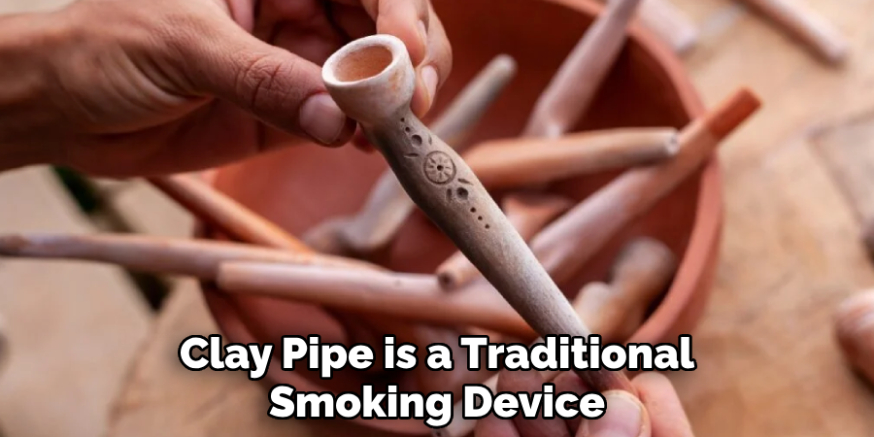
Gathering Cleaning Supplies
Essential Tools and Materials
To effectively clean clay pipes while ensuring they remain undamaged, it’s important to gather the right supplies. The must-haves include both standard and bristled pipe cleaners, which are ideal for removing buildup without harming the clay. Soft cloths or cotton swabs are also necessary for gently wiping away residue from the pipe’s surface and inner bowl.
A mild pipe cleaning solution or isopropyl alcohol (70% or less) can be used to break down stubborn stains while being gentle enough to avoid any harm to the clay. Lastly, warm water is essential for rinsing away cleaning agents and ensuring the pipe remains clean and ready for use.
Optional Supplies
For those looking to go the extra mile in cleaning their clay pipes, specialized clay pipe cleaning brushes can offer a more precise and thorough clean. Additionally, gentle scraping tools, made of wood or plastic, can help tackle tough residue in hard-to-reach areas without scratching or damaging the pipe.
Safety Considerations
When cleaning clay pipes, it is essential to avoid using harsh chemicals or abrasive tools, as these can cause cracks or weaken the pipe over time. Always use gentle methods and materials to preserve the pipe’s structure and ensure its longevity.
Initial Cleaning: Removing Loose Debris
Disassembling the Pipe (if possible)
Before beginning the cleaning process, carefully disassemble the clay pipe if it is designed to come apart. Typically, this involves separating the stem from the bowl. Take special care during this step to avoid applying excessive force, as clay pipes are fragile and prone to cracking. Ensure a smooth and gentle motion to prevent damaging the pipe’s components.
Brushing Out Loose Ash and Tobacco
Once separated, use pipe cleaners and brushes to remove any loose ash and tobacco from both the stem and bowl. A slim, soft-bristled brush is ideal for reaching the interior of the stem, clearing out any residue that may obstruct airflow. For the bowl, circular motions with a larger brush can help sweep away loose debris while maintaining the structural integrity of the clay.
Tapping the Bowl Gently
To dislodge stubborn debris, gently tap the bowl against a soft, padded surface such as a cloth or palm. Avoid tapping on hard surfaces, as this can cause cracks or chips in the clay. Patience is key—multiple gentle taps are much safer than risking damage with forceful motions.
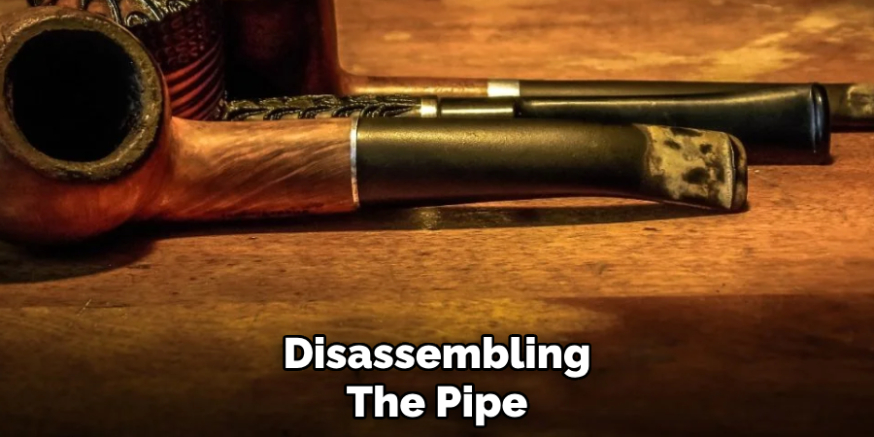
Inspecting the Pipe for Damage
After removing debris, closely inspect the pipe for signs of damage, such as cracks or weak spots. This step is essential before proceeding with deeper cleaning methods, as existing damage could worsen under additional stress. If any issues are detected, address them promptly or consult a professional to ensure the pipe remains in good condition.
How to Clean a Clay Pipe: Deep Cleaning Methods
Proper deep cleaning is essential for maintaining a pipe’s longevity and ensuring an optimal smoking experience. Below are detailed techniques to thoroughly clean your pipe.
Alcohol Soak Technique
The Alcohol Soak Technique is a classic, effective method for deep cleaning. Begin by preparing a solution of isopropyl alcohol (at least 91%) in a small container. Submerge pipe cleaners in the alcohol to saturate them thoroughly. Gently run the soaked pipe cleaners through the stem and the bowl, repeating as needed to remove residue buildup.
For heavily soiled pipes, you can soak the entire pipe in alcohol, ensuring the liquid does not touch any finishes or coatings on the exterior. Limit soaking duration to 1-2 hours to prevent damage, and avoid over-soaking frequently, as it may weaken certain materials. Perform this cleaning method sparingly, approximately every 10-15 uses, for optimal results.
Salt and Alcohol Treatment
The Salt and Alcohol Treatment is ideal for cleaning the bowl interior. Use coarse, non-iodized salt (such as kosher salt) as an abrasive agent. Start by filling the pipe bowl with salt, leaving a small space at the top. Next, pour isopropyl alcohol over the salt carefully until it is saturated but not overflowing. Allow the pipe to sit upright for several hours or overnight to enable a thorough breakdown of tar and residue. After soaking, dispose of the salt and rinse the bowl with warm water.
Be gentle when rinsing to prevent damage to the pipe. Repeat the process if necessary, and ensure the bowl is fully clean before use.
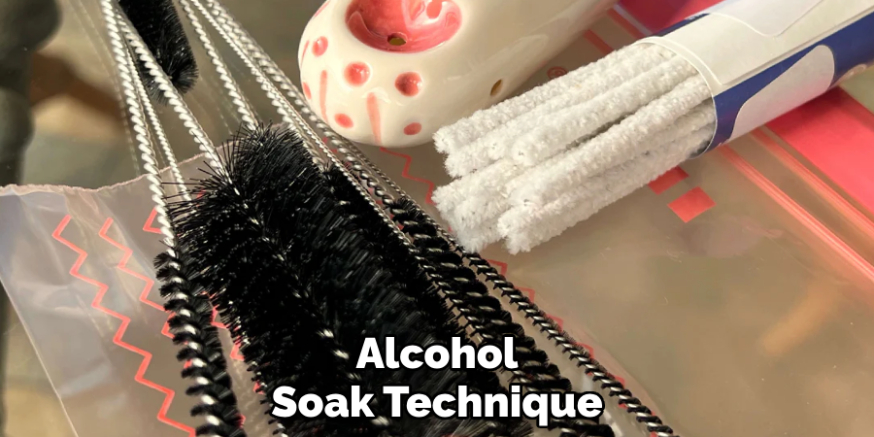
Drying the Pipe
After deep cleaning, drying your pipe thoroughly is crucial to prevent moisture damage or mold growth. Place the pipe in a well-ventilated area, away from direct sunlight or heat sources, and allow it to air dry completely. Depending on the material, drying may take up to 24 hours. Avoid rushing this process, as residual moisture can compromise the pipe’s integrity.
Alternative Natural Cleaning Methods
For a gentler, eco-friendly approach, consider using natural cleaning agents like vinegar or baking soda. To clean with vinegar, dilute white vinegar with equal parts water and use it to clean the stem and bowl with pipe cleaners or cotton swabs. For baking soda, create a paste by mixing it with a small amount of water. Apply the paste to dirty areas, scrubbing gently with a soft brush, then rinse thoroughly with warm water. These methods are effective yet non-invasive, making them suitable for delicate or antique pipes.
Maintaining Your Clay Pipe Post-Cleaning
Routine Cleaning Tips
Proper maintenance of your clay pipe begins with a routine cleaning regimen. After each use, it is advisable to perform a light cleaning by removing any residual ash and soot from the bowl using a pipe tool or a soft cloth. This practice ensures that buildup does not accumulate over time.
Deep cleaning, on the other hand, should be conducted less frequently—perhaps every few weeks or months, depending on the frequency of usage. Deep cleaning involves a more thorough approach, such as soaking the pipe in a gentle cleaning solution or utilizing baking soda and vinegar as previously described.
Storage Advice
How you store your pipe can significantly impact its longevity. Always ensure the pipe is kept in a dry, cool place to prevent exposure to excessive moisture, which can weaken its structure over time. Using a cushioned pipe stand or case can further protect it from inadvertent drops or scratches. Avoid excessively humid or damp environments, as they could lead to damage or mold growth.
Avoiding Overuse
To maintain the integrity of your clay pipe, avoid overusing it daily. Rotating between different pipes allows each one ample time to dry out fully between uses, preventing potential cracking or wear from constant exposure to heat and moisture. This habit not only extends the life of your pipe but also ensures a consistent smoking experience.
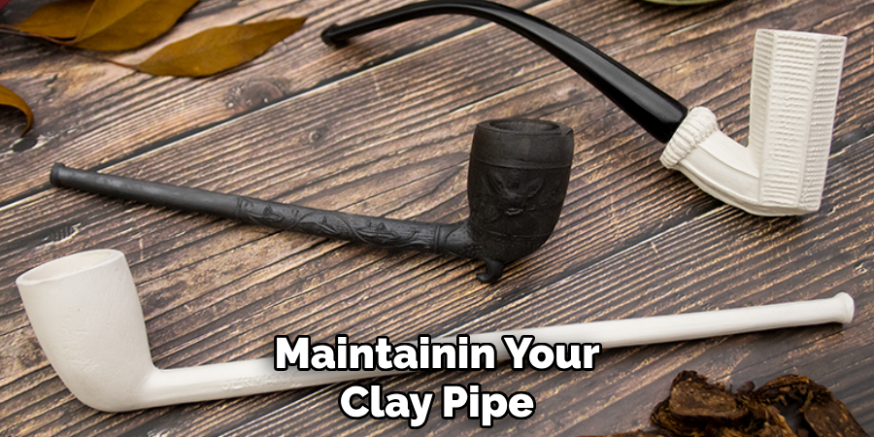
Common Mistakes to Avoid When Cleaning Clay Pipes
Cleaning your clay pipe properly ensures its longevity, but it’s important to avoid these common mistakes:
Using Harsh Chemicals
Avoid using strong chemicals or abrasive cleaners on your clay pipe, as these can damage its delicate surface. The porous nature of clay makes it susceptible to retaining residues, which could alter the flavor during use or deteriorate the material over time. Stick to mild cleaning solutions or natural methods to preserve its integrity.
Applying Excessive Force
Rough handling during cleaning can lead to cracks or breaks, compromising the pipe’s structural integrity. Clay is fragile, and applying too much pressure during scrubbing or when using tools can result in permanent damage. Opt for gentle cleaning movements and the proper tools designed for delicate surfaces.
Neglecting Drying Time
Failing to allow your pipe to dry thoroughly after cleaning can lead to moisture buildup. This trapped moisture can promote mold growth and weaken the clay over time. To prevent this, always leave your pipe to dry completely in a cool, dry place before using it again.
Additional Tips for Beginners
When it comes to caring for your clay pipes, taking the right steps early on will help preserve their quality and extend their lifespan.
Handling Fragile Pipes Gently
For beginners, accidents often happen due to mishandling. Always handle your pipe with care, holding it firmly but without squeezing too tightly. Place it on a stable surface when not in use, and avoid using excessive force during cleaning to prevent breakage.
Using Quality Cleaning Supplies
Investing in cleaning supplies explicitly designed for clay pipes can make a significant difference. Look for soft-bristled brushes, non-abrasive cloths, and gentle cleaning solutions to protect the delicate surface of the pipe. High-quality tools may come at a higher price, but they provide better care and reduce the risk of damage.
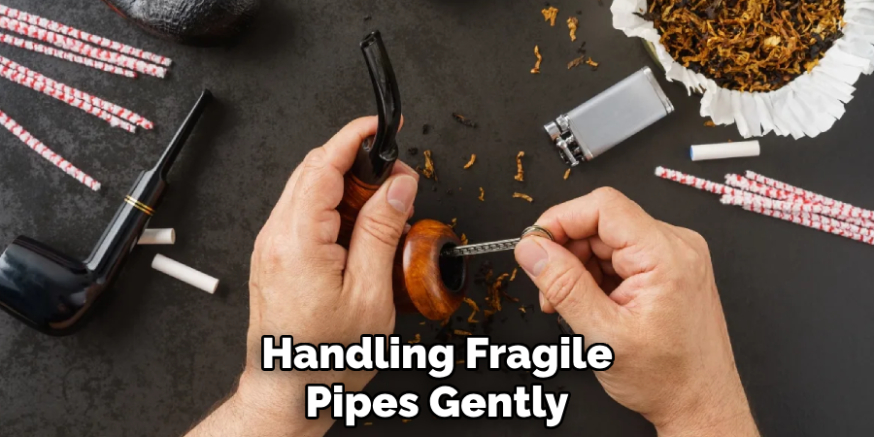
Learning from Experienced Pipe Cleaners
Joining a community of pipe enthusiasts or watching tutorials is an excellent way to improve your skills. Experienced pipe smokers and cleaners can offer valuable insights, share their techniques, and help you avoid common mistakes. Engaging with others in the hobby will enhance your knowledge and appreciation for clay pipes.
Conclusion
Learning how to clean a clay pipe ensures its longevity, preserves its unique qualities, and enhances the smoking experience. Key steps include gentle cleaning techniques, using proper tools designed for care, and regular maintenance. Avoiding harsh methods and prioritizing consistent upkeep minimizes damage and keeps the pipe in optimal condition.
Regular cleaning not only maintains functionality but also elevates your appreciation for these timeless objects. Treating clay pipes with care protects their craftsmanship and ensures enjoyment for years to come. By following these practices, every pipe enthusiast can preserve the rich history and charm of their cherished clay pipe collection.
Specialization:
- Master of wheel-throwing, hand-building, and advanced glazing techniques
- Focus on creating both functional pottery and decorative art pieces
Recognition:
- Celebrated by collectors and art enthusiasts for creating one-of-a-kind pieces that blend artistry with functionality
- Participates in local and national exhibitions, earning accolades for his innovative designs and craftsmanship
Passion:
- Deeply committed to exploring and pushing the boundaries of ceramic artistry
- Continuously experiments with new materials, firing techniques, and artistic concepts to evolve his craft
Personal Philosophy:
- Believes in the transformative power of art, aiming to evoke emotions and connections through his ceramic creations
- Advocates for sustainability in ceramics, using eco-friendly materials and practices whenever possible


